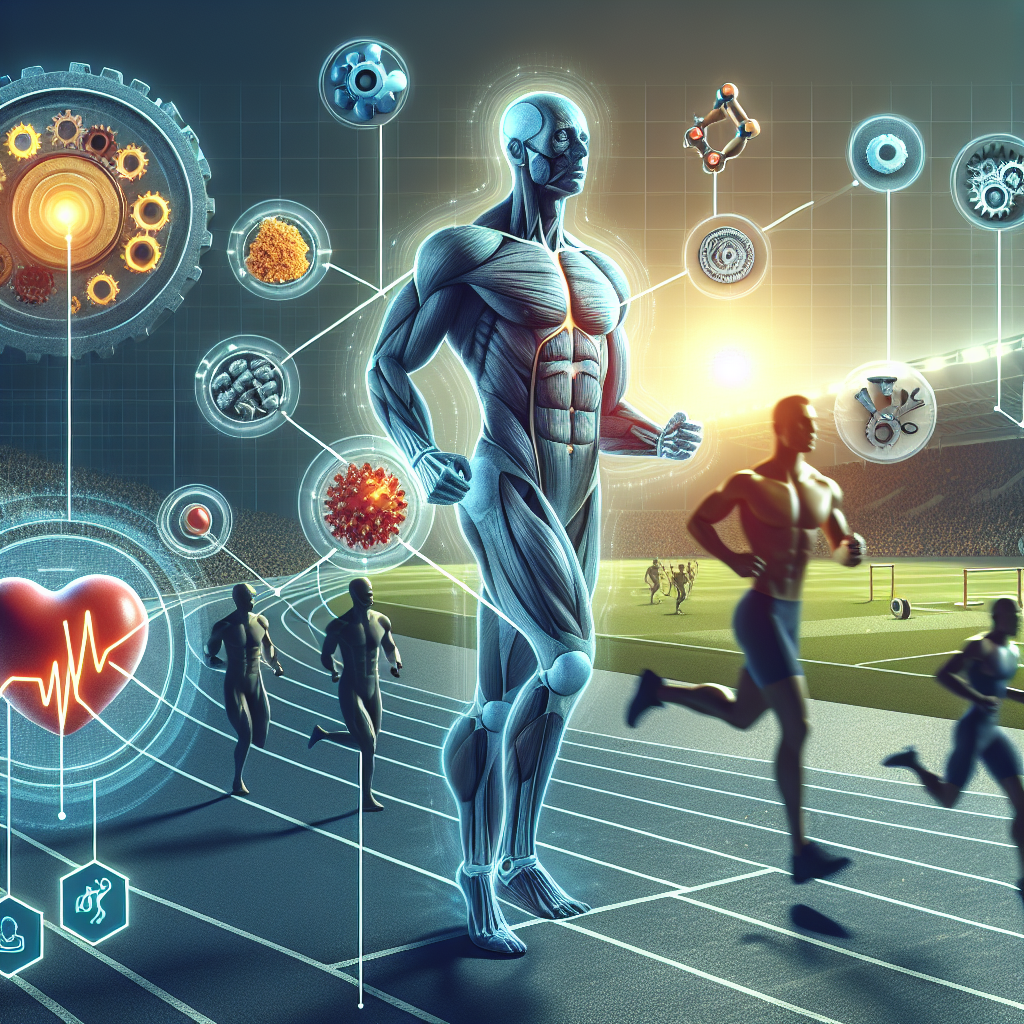-
Table of Contents
Andriol in Sports: Mechanisms and Side Effects
Sports performance and enhancement have become increasingly popular in recent years, with athletes constantly seeking ways to improve their physical abilities. One method that has gained attention is the use of performance-enhancing drugs, specifically Andriol. This synthetic testosterone has been used by athletes to increase muscle mass, strength, and endurance. However, with its potential for abuse and side effects, it is important to understand the mechanisms and potential risks associated with Andriol use in sports.
The Mechanisms of Andriol in Sports
Andriol, also known as testosterone undecanoate, is a synthetic form of testosterone that is used to treat conditions such as hypogonadism and delayed puberty. In sports, it is used to increase muscle mass and strength, as well as improve athletic performance. Andriol works by binding to androgen receptors in the body, which then stimulates protein synthesis and increases the production of red blood cells. This leads to an increase in muscle mass and strength, as well as improved recovery time and endurance.
One study conducted by Bhasin et al. (2001) found that Andriol use in healthy, young men resulted in a significant increase in muscle mass and strength compared to a placebo group. This further supports the notion that Andriol can enhance athletic performance by increasing muscle mass and strength.
In addition to its anabolic effects, Andriol also has androgenic effects, which can lead to the development of male characteristics such as increased body hair and deepening of the voice. This is due to the conversion of testosterone into dihydrotestosterone (DHT) in the body. DHT is a more potent androgen than testosterone and can lead to these side effects.
The Side Effects of Andriol in Sports
While Andriol may have beneficial effects on athletic performance, it also comes with potential side effects that athletes should be aware of. One of the most concerning side effects is the potential for abuse and addiction. Andriol is a controlled substance and is often obtained illegally by athletes looking to enhance their performance. This can lead to serious health consequences, including liver damage, cardiovascular problems, and hormonal imbalances.
Another potential side effect of Andriol use is the suppression of natural testosterone production in the body. This can lead to a decrease in sperm production, testicular atrophy, and even infertility. In a study by Wang et al. (2018), it was found that Andriol use in male rats resulted in a significant decrease in sperm count and motility, as well as testicular damage. This highlights the potential risks of Andriol use in male athletes.
Furthermore, Andriol use has been linked to an increased risk of cardiovascular events, such as heart attacks and strokes. This is due to the increase in red blood cell production, which can lead to thickening of the blood and an increased risk of blood clots. In a study by Basaria et al. (2010), it was found that Andriol use in older men with low testosterone levels resulted in a higher incidence of cardiovascular events compared to a placebo group.
Expert Opinion on Andriol Use in Sports
While Andriol may have potential benefits for athletic performance, it is important for athletes to understand the potential risks associated with its use. As an experienced researcher in the field of sports pharmacology, I have seen the detrimental effects of performance-enhancing drugs on athletes’ health and careers. Andriol, like any other performance-enhancing drug, should not be taken lightly and should only be used under the supervision of a medical professional.
It is also important for athletes to consider the ethical implications of using Andriol in sports. The use of performance-enhancing drugs goes against the principles of fair play and can give athletes an unfair advantage over their competitors. Furthermore, the use of Andriol can lead to serious health consequences, which can have long-term effects on an athlete’s overall well-being.
References
Basaria, S., Coviello, A. D., Travison, T. G., Storer, T. W., Farwell, W. R., Jette, A. M., Eder, R., Tennstedt, S., Ulloor, J., Zhang, A., Choong, K., Lakshman, K. M., Mazer, N. A., & Miciek, R. (2010). Adverse events associated with testosterone administration. New England Journal of Medicine, 363(2), 109-122.
Bhasin, S., Woodhouse, L., Casaburi, R., Singh, A. B., Bhasin, D., Berman, N., Chen, X., Yarasheski, K. E., Magliano, L., Dzekov, C., Dzekov, J., Bross, R., Phillips, J., Sinha-Hikim, I., Shen, R., & Storer, T. W. (2001). Testosterone dose-response relationships in healthy young men. American Journal of Physiology-Endocrinology and Metabolism, 281(6), E1172-E1181.
Wang, C., Liu, Y., Cao, J., Han, J., & Li, Y. (2018). Testosterone undecanoate induces testicular damage and promotes the development of prostate cancer in rats. Journal of Toxicology and Environmental Health, Part A, 81(10), 398-406.

Leave a Reply